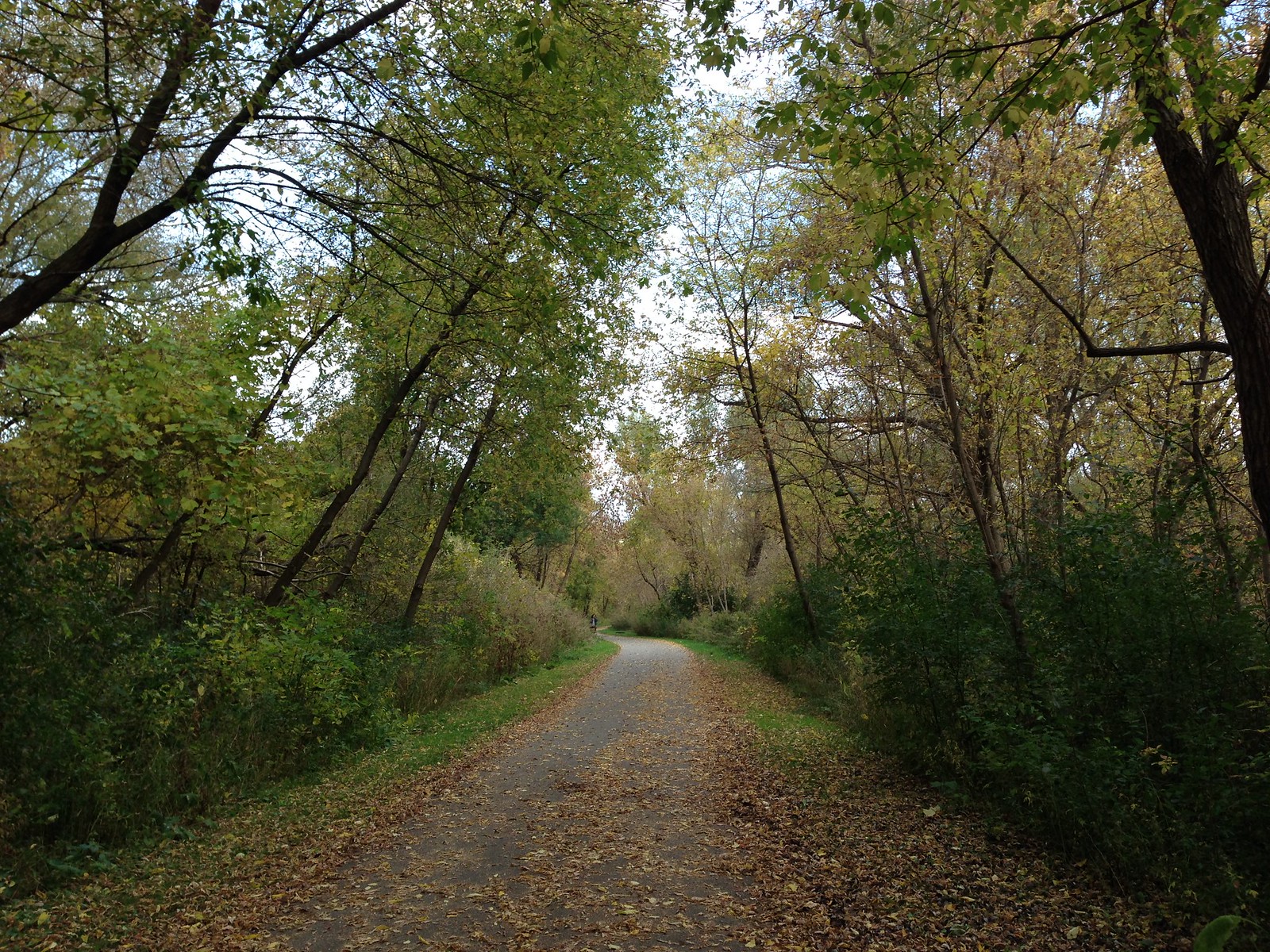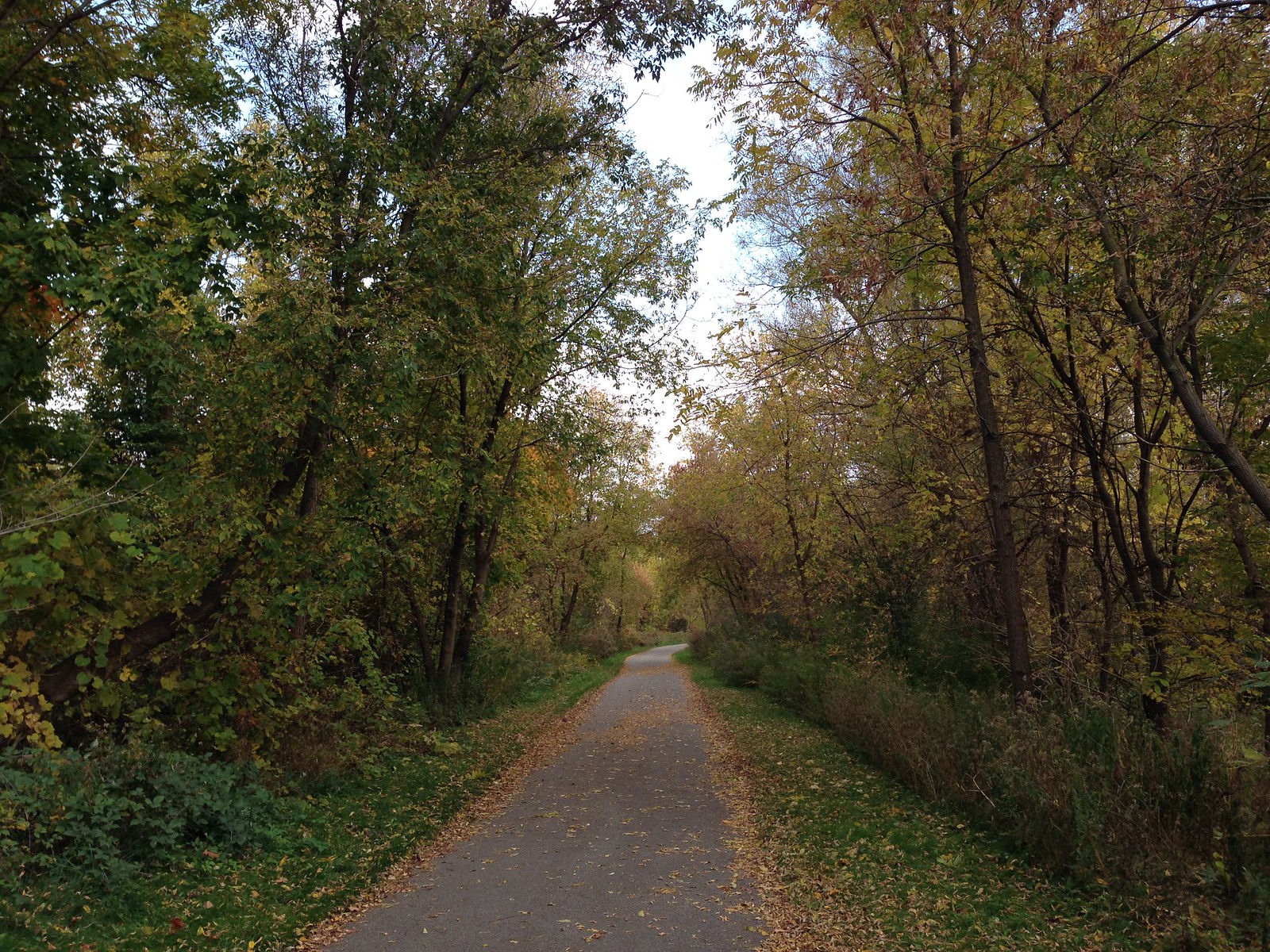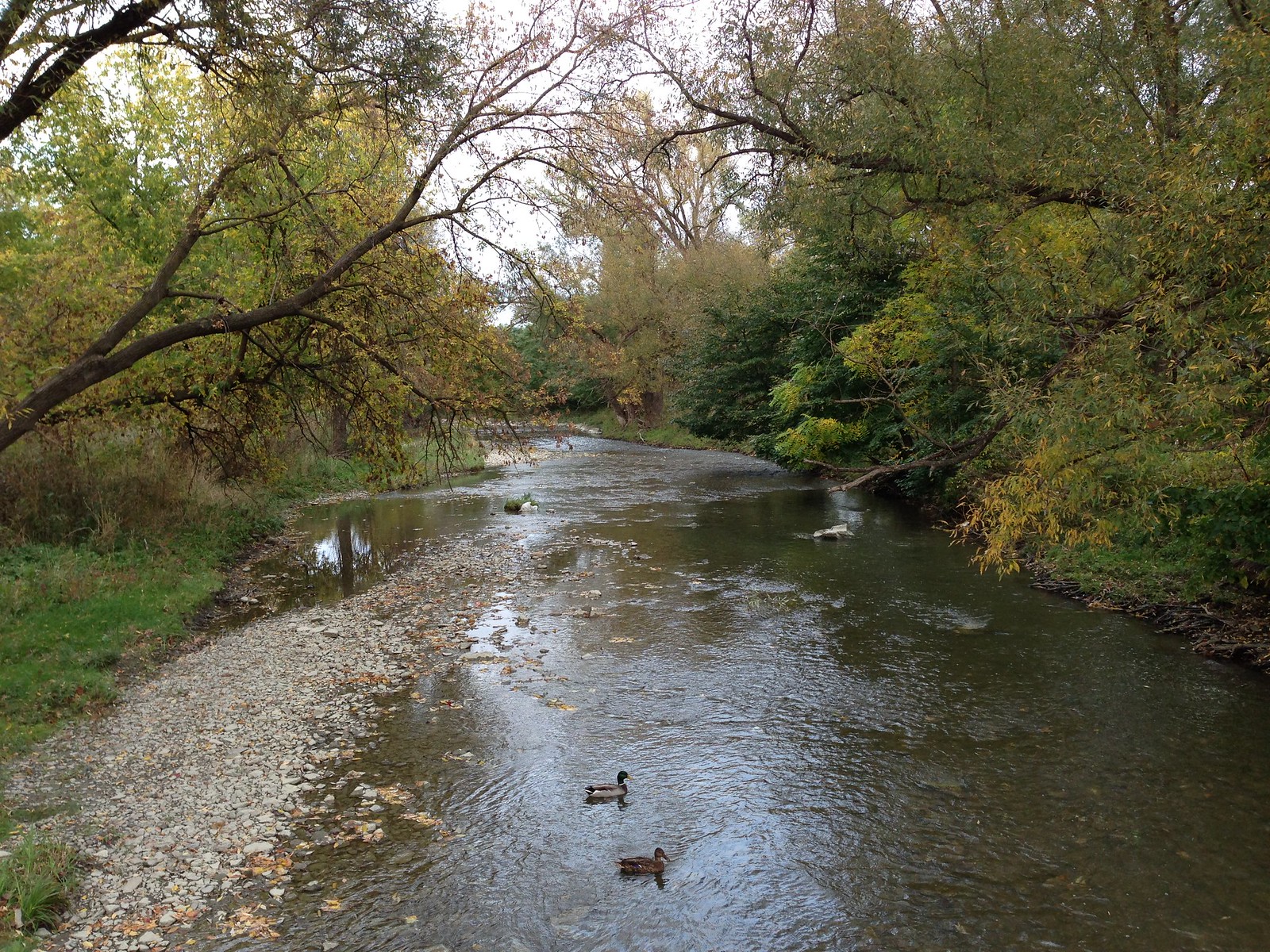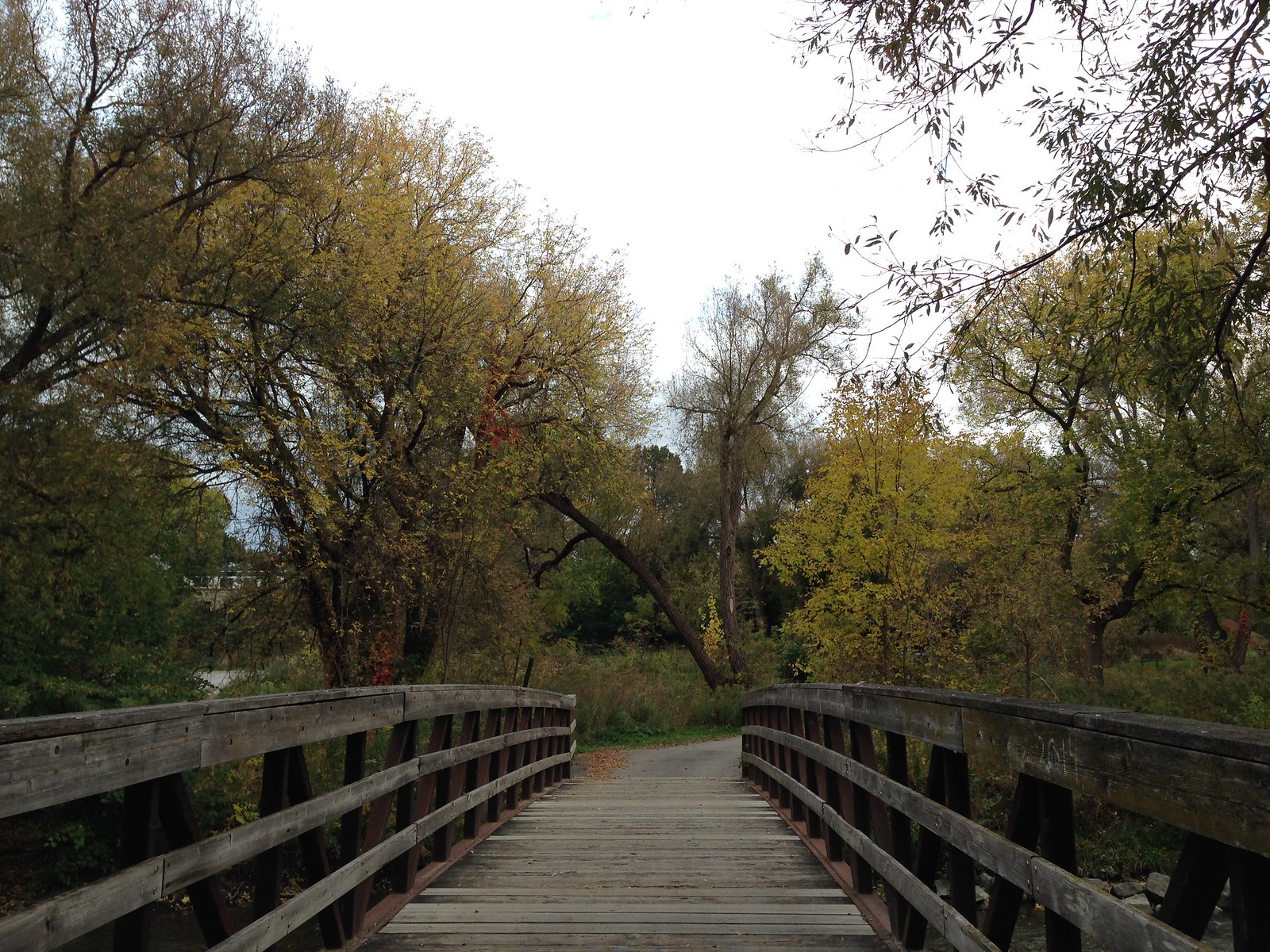Toronto will be able to build bike lanes in less time for less money thanks to new provincial rules, says the city's manager of cycling infrastructure and programs.
Toronto will no longer do provincial environmental assessments (EA) to build on-street bike lanes. The assessments have been blamed for holding up projects such as the Richmond-Adelaide cycle track.
Eliminating the process will save at least six months and sometimes years in the approval of those projects, said Jacquelyn Hayward Gulati, who called Thursday's announcement by Environment Minister Glen Murray "fantastic news."
The changes won't prevent the public from having a say when the city wants to convert a traffic or parking lane to a bike lane. Toronto will still do public consultations, detailed design and traffic analysis, said Hayward Gulati.
"There's still due process but it's not subject to putting together that same documentation and filing it with the ministry," she said.
It isn't clear whether the city ever needed to do EAs for bike lanes. According to Hayward Gulati, the EA rules weren't explicit.
Some cyclists have suggested Toronto has used that ambiguity to try and stall bike lanes on important stretches such as Bloor-Danforth. In 2008 cyclists were among a group that lost a court battle to try and force the city to do an EA on the $25 million Bloor St. beautification project between Avenue Rd. and Church St., which did not include bike lanes.
"The studies are done instead of implementation. It just delays councillors for a number of years. It puts decisions off into the distant future, and the huge cost means there is another reason for inaction if the money isn't there," said lawyer and cycling activist Albert Koehl.
The province has also reduced EA requirements for building off-road bike trails costing more than $3.5 million. Instead of a full, independent environmental assessment, those projects will now be subject to what's called a municipal class EA, a less stringent process.
"It was just a very rigourous, time-consuming and costly process that you would have to go through for the Western Rail Path, the East Don Trail, any of these major trail projects that the city has done," said Hayward Gulati.
The Municipal Class EA will be faster and less costly, said Murray.
"It will be the same as laying a sewer pipe or laying a sidewalk now, which happens every day in our city with less fuss," he said.











